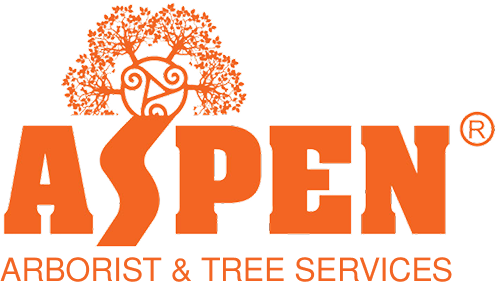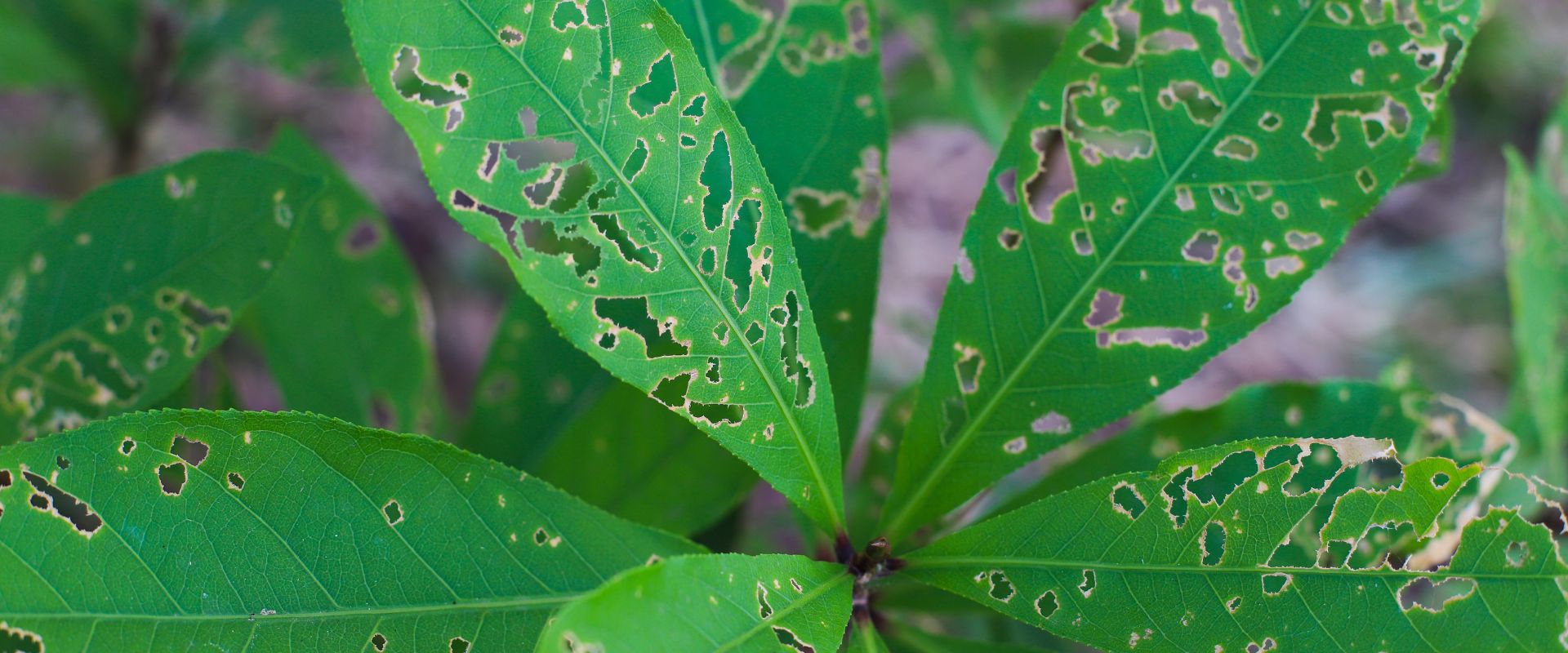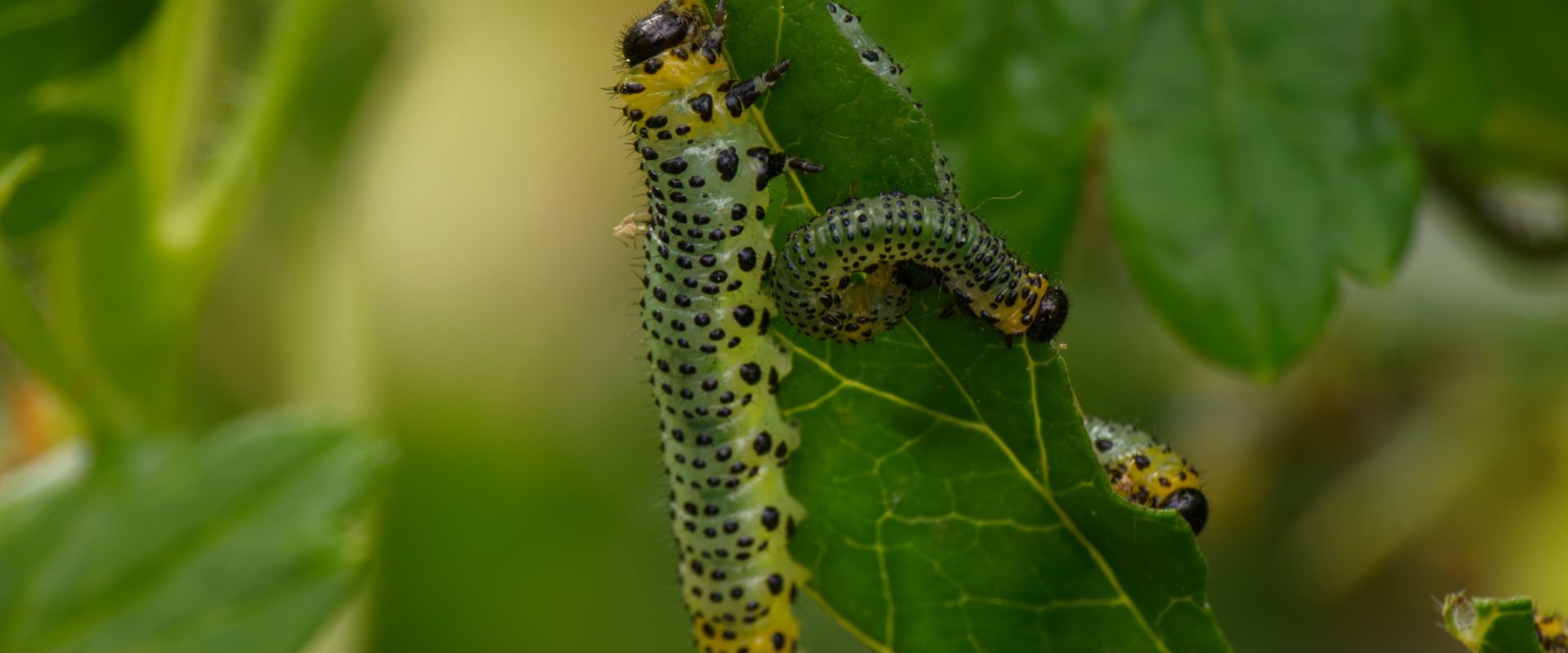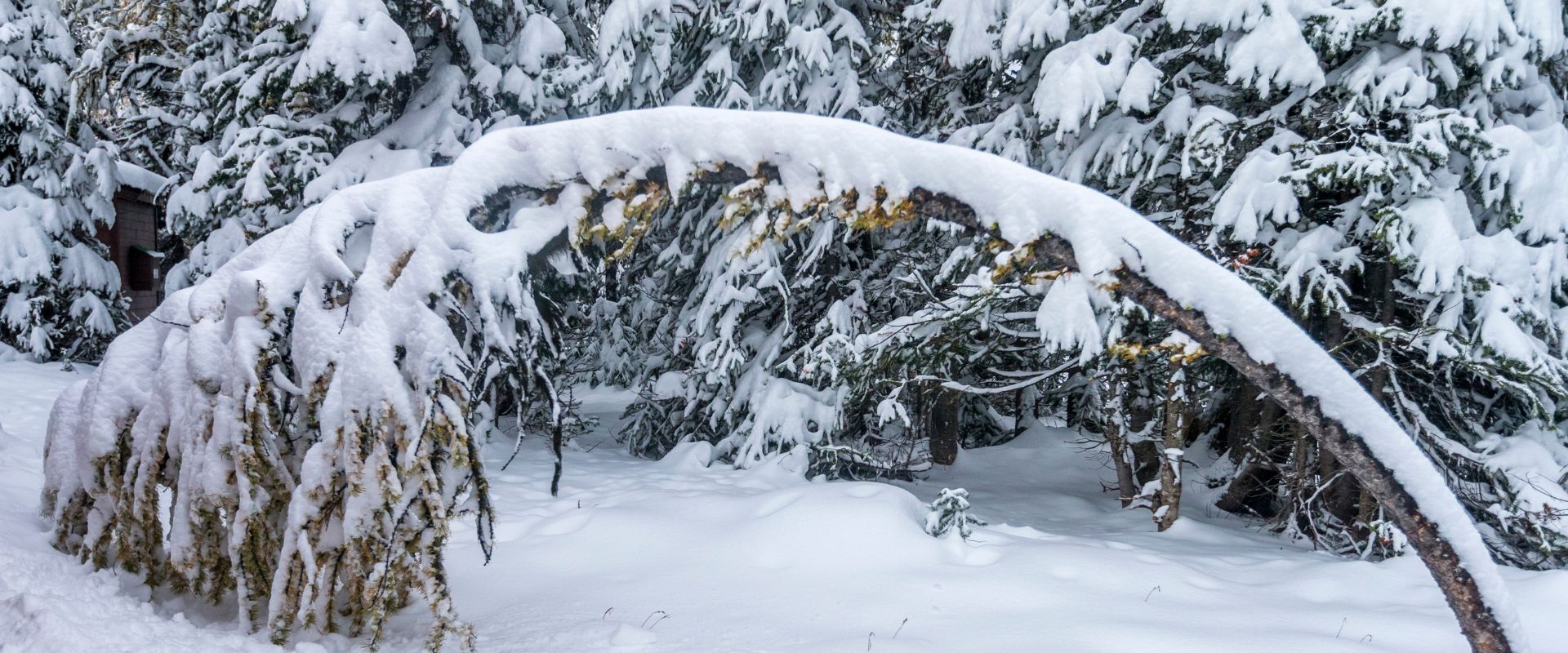Have you ever looked at a tree in your yard and wondered if those unusual leaves or that strange bark pattern is a sign of something serious? In the age of DIY solutions, it’s tempting to turn to Google and attempt to diagnose your tree’s ailments yourself. But here’s a question that every homeowner in northern New Jersey should consider: What if your well-intentioned DIY diagnosis is a misstep that could cost your tree its life?
The health of a tree is a complex puzzle, influenced by myriad factors from soil composition to pest activity. Misinterpreting these signs not only jeopardizes the tree’s well-being but can also lead to costly, ineffective treatments, or worse, irreversible damage. In this article, we dig into the often-overlooked risks of DIY diagnosis of tree health issues and why it can be a fatal mistake for your cherished trees.
Key Takeaways
- Accurate diagnosis is essential in tree care, as it determines the specific treatment needed for each tree’s unique condition.
- Professional arborists assess factors like soil condition, sunlight, moisture levels, and ecosystem interactions to diagnose tree health issues accurately.
- Postponing a professional tree health assessment can lead to the progression of diseases or pest infestations, increased risk of tree failure, and loss of tree value.
- Attempting to diagnose tree health issues without professional expertise can lead to misinterpretation of symptoms, overlooking underlying problems, and ineffective treatments.
- Certified arborists, like those at Aspen Tree Service, possess the knowledge and tools necessary for a thorough and accurate tree health assessment, ensuring the best care for your trees.
The Importance of Proper Diagnosis
Proper diagnosis is essential, and it’s best to have a certified arborist inspect the tree for an accurate assessment. Just as a doctor must correctly identify an illness to prescribe the right medicine, an arborist must accurately diagnose a tree’s condition to apply the correct treatment. This is where the expertise and experience of certified arborists, like those at Aspen Tree Service, become invaluable.
While the enthusiasm of homeowners in caring for their trees is commendable, DIY diagnosis can often lead to incorrect conclusions and treatments, causing the problem to worsen, spread, and even kill the affected trees.
We’re often called on to “save” a tree that was incorrectly diagnosed by a homeowner or unqualified tree worker. Usually, the problem falls into one of three areas:
- Not recognizing, or misinterpreting, the symptoms
- Overlooking underlying issues that could be causing the visible symptoms
- Applying ineffective or even toxic “treatments” based on an incorrect diagnosis
Unfortunately, by the time we’re asked to evaluate a sick tree, it’s sometimes too late.
PRO TIP: If you suspect something is wrong with your tree, seeking expert assistance for a thorough assessment is always the best choice.
Problem #1: Misinterpreting the Symptoms
Tree health issues can be complex, and symptoms can be misleading. Without professional training, it’s easy to misinterpret what you see.
Many tree diseases in northern New Jersey are difficult to diagnose. Common examples include beech leaf disease (BLD), oak wilt, and bacterial leaf scorch.
- Beech leaf disease, first detected in New Jersey in 2020, has impacted American beech trees in the northern half of the state, causing severe decline and eventually leading to the death of the tree.
- Oak wilt, a highly aggressive fungal disease, affects all types of oak trees and has been attacking trees in neighboring states. It is particularly harmful to red oak, which is the most susceptible in New Jersey.
- The symptoms of bacterial leaf scorch (BLS) are similar to drought or heat stress. It can be treated if it’s caught early but, if not, the disease is fatal.
Diseases like these pose a significant threat to tree health in northern New Jersey but generally cannot be accurately diagnosed without laboratory tests and/or a careful examination by an experienced arborist. DIY diagnosis is unlikely to be accurate, leading to not only the decline and death of your tree, but will also likely cause the disease to spread to nearby trees.
More common diseases like apple scab or fireblight have specific symptoms but can be easily confused with other problems like nutrient deficiencies. Issues like root rot or leaf scorch might be causes by pests or disease, but they could also stem from environmental stressors such as poor drainage or heat stress. It takes a skilled arborist to differentiate between the two.
By being aware of the pests and diseases that affect trees in northern New Jersey, as well as the timing of the various life stages of insects and fungi, the certified arborists at Aspen Tree Service can determine the most likely cause of tree health problems.
Problem #2: Overlooking Underlying Issues
Professional arborists are trained to look beyond the obvious symptoms and identify underlying problems, which is often missed in DIY assessments. Professional tree health assessment is a meticulous process that combines scientific knowledge, field experience, and attention to detail.
At Aspen Tree Service, our certified arborists follow a comprehensive approach to diagnose tree health issues accurately by looking not only at obvious symptoms and causes of tree distress but also looking at the surrounding environment. Some of the things we examine (and that are often overlooked by non-arborists) are:
- Sunlight: Different tree species require different amounts of sunlight. Our experts assess the amount of sunlight exposure relative to the tree’s need, which can significantly influence the tree’s health. Symptoms such as spindly growth, burnt-looking or curling leaves, poor color, and premature leaf drop can all be linked to improper sunlight exposure.
- Soil Compaction: Soil compaction can restrict a tree’s root growth and lead to symptoms such as poor growth, fewer and smaller leaves, branch dieback, increased susceptibility to pest problems and environmental stressors, a shallow root system, yellowing leaves, and stunted growth.
- Irrigation Issues: Improper irrigation can either deprive roots of sufficient water or drown them. Sprinkler systems that keep leaves and stems moist can cause fungal diseases. And failing to water newly-planted trees in winter can lead to failure to thrive when spring arrives.
- Plant Competition and the Local Ecosystem: Trees in a crowded landscape may suffer from resource competition. Understanding the local ecosystem, including the types of plants and their needs, is crucial in diagnosing problems that might stem from competition.
- Soil Type & pH: Trees growing in sandy soils are more likely to show signs of drought stress, while those in clay soils have a higher likelihood of root rot issues. When the soil is too acidic or too alkaline for a tree, it becomes prone to nutrient deficiencies, yellowing leaves, and chlorosis.
Beyond this, there are many other factors to consider, such as:
- wind exposure
- microclimates
- proximity to lawns (and the chemicals applied to those lawns)
- winter road salt accumulation
- runoff and erosion
- recent grade changes in the tree’s root zone
- pollution
- and much more
Proper diagnosis of tree health issues involves much more than simply looking for signs of insects and diseases!
Problem #3: Applying the Wrong Treatment
DIY solutions might not only fail to resolve the problem but could potentially exacerbate the issue or harm the tree.
Each tree, like each patient, is unique. A correct diagnosis allows arborists to tailor treatments to the specific needs of a tree. For instance, nutrient deficiencies might require soil amendments, while pest infestations may need targeted pesticide applications. Without a precise diagnosis, these treatments might not only be ineffective but could also exacerbate the problem.
- Inappropriate Treatments: A misdiagnosis can lead to inappropriate treatments that do more harm than good. For example, treating a tree for a disease it doesn’t have can weaken it, making it more susceptible to other stresses.
- Wrong Timing: Early detection is crucial in dealing with tree diseases. There are preventive measures that can be taken to alleviate the unnecessary spread of many fungi, bacteria, and other pests. However, many pest and disease treatments have a specific window during which they must be applied to be effective. Without an accurate diagnosis, it’s likely that you’ll miss the treatment window for the actual pest or disease affecting the tree, possibly leading to decline and eventual tree death.
- Potential Harm and Tree Loss: Incorrectly identifying the issue can lead to a decline in the tree’s health, sometimes resulting in irreversible damage or even death.
- Wasted Resources: Misdiagnosis often wastes time, effort, and money. Resources spent on incorrect treatments could have been better utilized in proper care and maintenance.
Accurate diagnosis also helps understand which preventive measures are needed to protect the tree from future issues. Knowing the exact cause of a problem enables arborists to recommend changes in care or environment to prevent recurrence.
Risks of Delaying Tree Assessment
Delaying a professional assessment of tree health can have significant consequences.
Early detection is key in managing tree diseases and pest infestations. Delay can allow the problem to advance, making treatment more difficult and costly.
Trees with untreated health issues are more likely to suffer from structural weaknesses, increasing the risk of branches breaking or trees falling, especially during storms.
Trees contribute significantly to property aesthetics and value. Delaying assessment and treatment can lead to the loss of these valuable assets.
Frequently Asked Questions
Q: How often should I have my trees professionally assessed for health issues?
A: A professional arborist should assess your trees at least once a year or more frequently if you notice any signs of distress or changes in their condition.
Q: Can environmental changes affect the health of my trees?
A: Yes, environmental changes like altered soil conditions, changes in water availability, and shifts in local weather patterns can significantly impact tree health.
Q: What are the signs that my tree might be diseased or infested?
A: Common signs include unusual leaf discoloration or loss, visible pests, abnormal growths, and changes in bark texture. However, some symptoms might not be easily noticeable without professional expertise.
Q: Are there any preventive measures to protect my trees from common diseases and pests?
A: Regular maintenance, such as proper pruning, soil care, and monitoring for early signs of distress, can help prevent many common tree diseases and pest infestations. Arborists can also apply preventive treatments that help minimize the effects of insect pests and fungal or bacterial diseases.
Q: How can I differentiate between a healthy tree and a subtly distressed tree?
A: While some signs of distress are obvious, others can be subtle. Professional arborists can identify these subtle signs, including minor changes in leaf color, texture, or growth patterns that are not typical for the species.
Safeguarding Tree Health: The Essential Role of Expert Diagnosis
When trees look unhealthy, their continued vigor and longevity hinge on the accuracy of the diagnosis and the timeliness and effectiveness of the intervention. Get the diagnosis or the treatment wrong and your trees (and property value!) will pay the price. That’s why we strongly advise having a certified arborist perform a tree health assessment rather than “playing doctor” with a DIY diagnosis.
Call Aspen Tree Service today at 201-939-8733 or request a tree health assessment using our handy online form. Our team of certified arborists will keep your northern New Jersey trees thriving for years to come!








